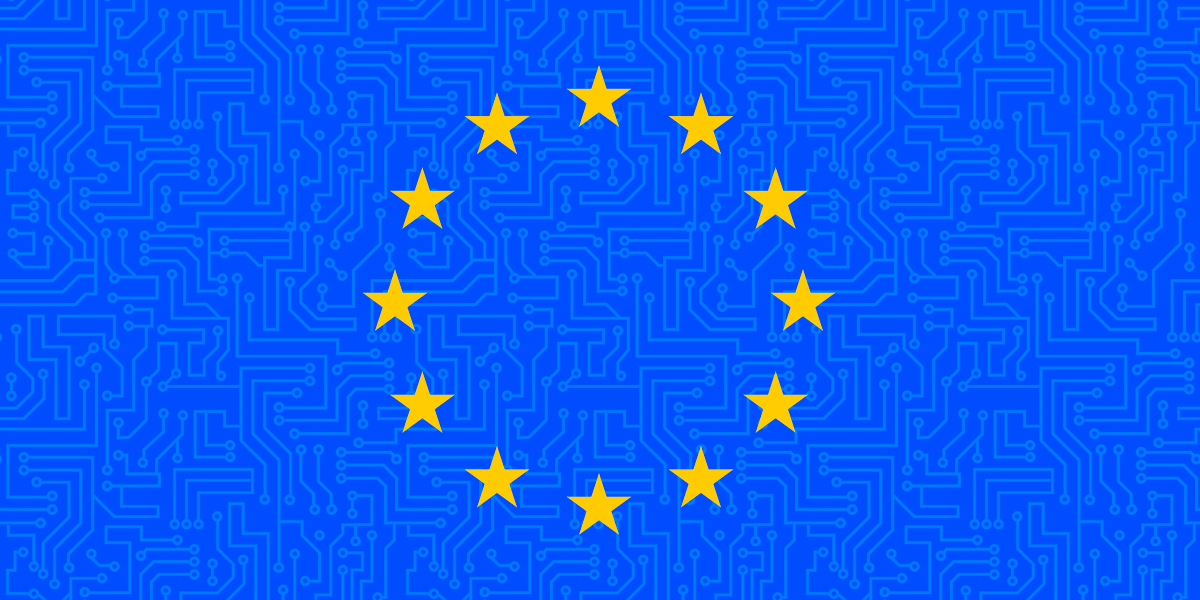The X Corp. Shutdown in Brazil: What We Can Learn
Update (10/8/2024): Brazil lifted a ban on the X Corp. social media platform today after the country's Supreme Court said the company had complied with all of its orders. Regulators have 24 hours to reinstate the platform, though it could take longer for it to come back online.
The feud between X Corp. and Brazil’s Supreme Court continues to drag on: After a month-long standoff, X Corp. folded and complied with court orders to suspend several accounts, name a legal representative in Brazil, and pay 28.6 million reais ($5.24 million) in fines. That hasn’t cleared the matter up, though.
The Court says X paid the wrong bank, which X denies. Justice Alexandre de Moraes has asked that the funds be redirected to the correct bank and for Brazil’s prosecutor general to weigh in on X’s requests to be reinstated in Brazil.
So the drama continues, as does the collateral damage to millions of Brazilian users who rely on X Corp. to share information and expression. While we watch it unfold, it’s not too early to draw some important lessons for the future.
Let’s break it down.
How We Got Here
The Players
Unlike courts in many countries, the Brazilian Supreme Court has the power to conduct its own investigations in limited circumstances, and issue orders based on its findings. Justice Moraes has drawn on this power frequently in the past few years to target what he called “digital militias,” anti-democratic acts, and fake news. Many in Brazil believe that these investigations, combined with other police work, have helped rein in genuinely dangerous online activities and protect the survival of Brazil’s democratic processes, particularly in the aftermath of January 2023 riots.
At the same time, Moraes’ actions have raised concerns about judicial overreach. For instance, his work is less than transparent. And the resulting content blocking orders more often than not demand suspension of entire accounts, rather than specific posts. Other leaked orders include broad requests for subscriber information of people who used a specific hashtag.
X Corp.’s controversial CEO, Elon Musk has publicly criticized the blocking orders. And while he may be motivated by concern for online expression, it is difficult to untangle that motivation from his personal support for the far-right causes Moraes and others believe threaten democracy in Brazil.
The Standoff
In August, as part of an investigation into coordinated actions to spread disinformation and destabilize Brazilian democracy, Moraes ordered X Corp. to suspend accounts that were allegedly used to intimidate and expose law enforcement officers. Musk refused, directly contradicting his past statements that X Corp. “can’t go beyond the laws of a country”—a stance that supposedly justified complying with controversial orders to block accounts and posts in Turkey and India.
After Moraes gave X Corp. 24 hours to fulfill the order or face fines and the arrest of one of its lawyers, Musk closed down the company’s operations in Brazil altogether. Moraes then ordered Brazilian ISPs to block the platform until Musk designated a legal representative. And people who used tools such as VPNs to circumvent the block can be fined 50,000 reais (approximately $ 9,000 USD) per day.
These orders remain in place unless or until pending legal challenges succeed. Justice Moraes has also authorized Brazil’s Federal Police to monitor “extreme cases” of X Corp. use. It’s unclear what qualifies as an “extreme case,” or how far the police may take that monitoring authority. Flagged users must be notified that X Corp. has been blocked in Brazil; if they continue to use it via VPNs or other means, they are on the hook for substantial daily fines.
A Bridge Too Far
Moraes’ ISP blocking order, combined with the user fines, has been understandably controversial. International freedom of expression standards treat these kinds of orders as extreme measures, permissible only in exceptional circumstances where provided by law and in accordance with necessary and proportionate principles. Justice Moraes said the blocking was necessary given upcoming elections and the risk that X Corp. would ignore future orders and allow the spread of disinformation.
But it has also meant that millions of Brazilians cannot access a platform that, for them, is a valuable source of information. Indeed, restrictions on accessing X Corp. ended up creating hurdles to understanding and countering electoral disinformation. The Brazilian Association of Newspapers has argued the restrictions adversely impact journalism. At the same time, online electoral disinformation holds steady on other platforms (while possibly at a slower pace).
Moreover, now that X Corp. has bowed to his demands, Moraes’ concerns that the company cannot be trusted to comply with Brazilian law are harder to justify. In any event, there are far more balanced options now to deal with the remaining fines that don’t create collateral damage to millions of users.
What Comes Next: Concerns and Open Questions
There are several structural issues that have helped fuel the conflict and exacerbated its negative effects. First, the mechanisms for legal review of Moraes’ orders are unclear and/or ineffective. The Supreme Court has previously held that X Corp. itself cannot challenge suspension of user accounts, thwarting a legal avenue for platforms to defend their users’ speech—even where they may be the only entities that even know about the order before accounts are shut down.
A Brazilian political party and the Federal Council of the Brazilian Bar Association filed legal challenges to the blocking order and user fines, respectively, but it is likely that courts will find these challenges procedurally improper as well.
Back in 2016, a single Supreme Court Justice held back a wave of blocking orders targeting WhatsApp. Eight years later, a single Justice may have created a new precedent in the opposite direction—with little or no means to appeal it.
Second, this case highlights what can happen when too much power is held by just a few people or institutions. On the one hand, in Brazil as elsewhere, a handful of wealthy corporations wield enormous power over online expression. Here, that problem is exacerbated by Elon Musk’s control of Starlink, an important satellite internet provider in Brazil.
On the other hand, the Supreme Court also has tremendous power. Although the court’s actions may have played an important role in preserving Brazilian democracy in recent years, powers that are not properly subject to public oversight or meaningful challenge invite overreach.
All of which speaks to a need for better transparency (in both the public and private sectors) and real checks and balances. Independent observers note that, despite challenges, Brazil has already improved its democratic processes. Strengthening this path includes preventing judicial overreach.
As for social media platforms, the best way to stave off future threats to online expression may be to promote more alternatives, so no single powerful person, whether a judge, a billionaire, or even a president, can dramatically restrict online expression with the stroke of a pen.







